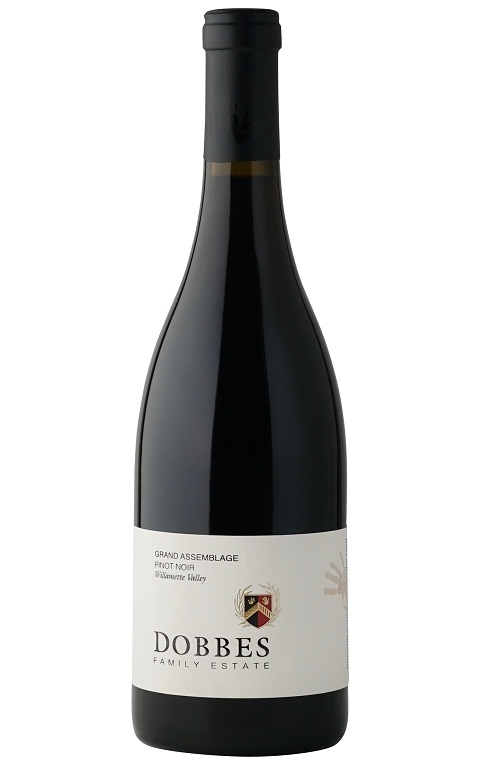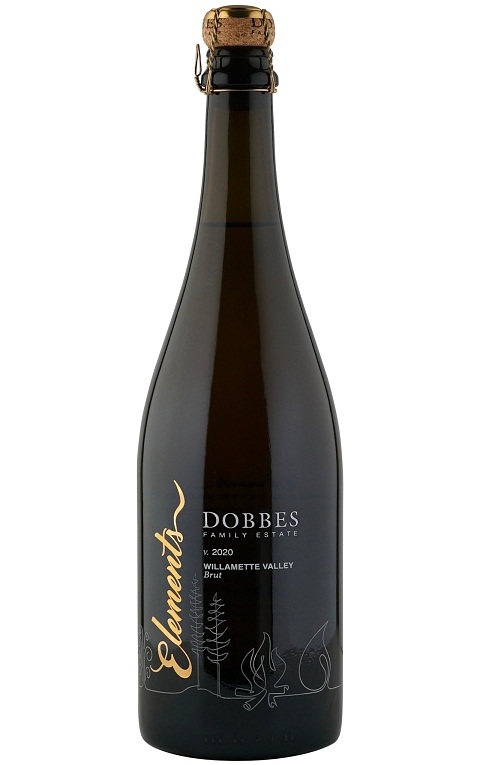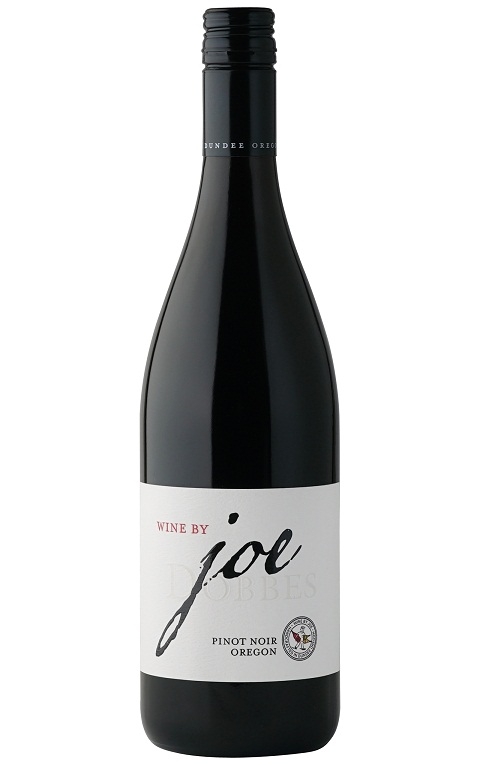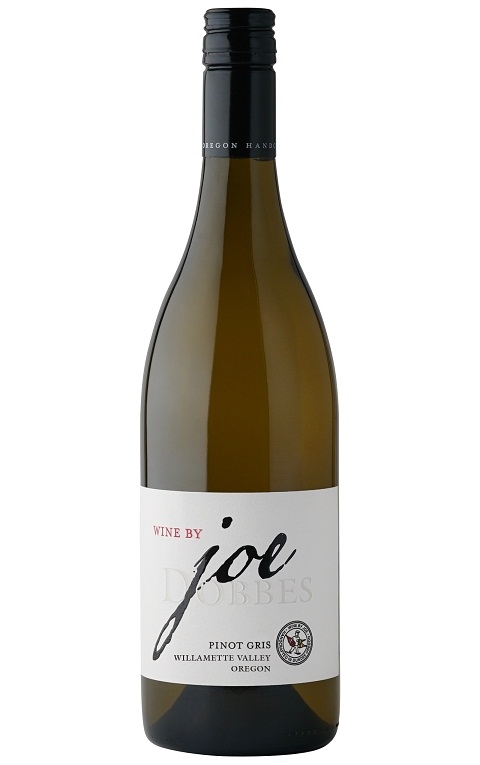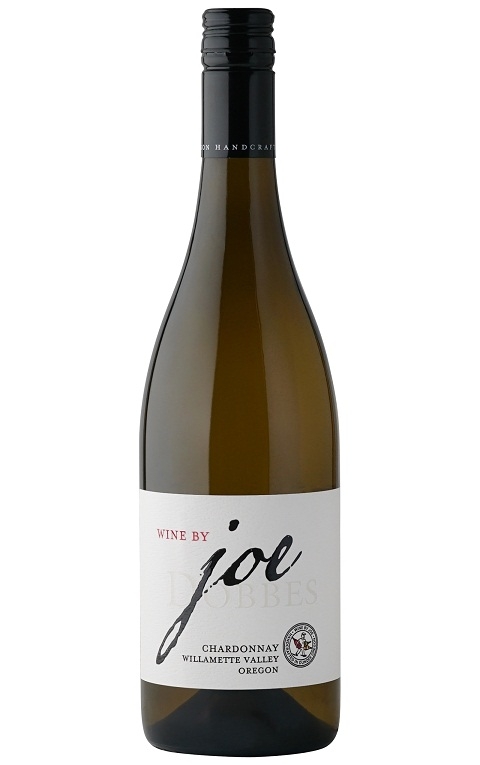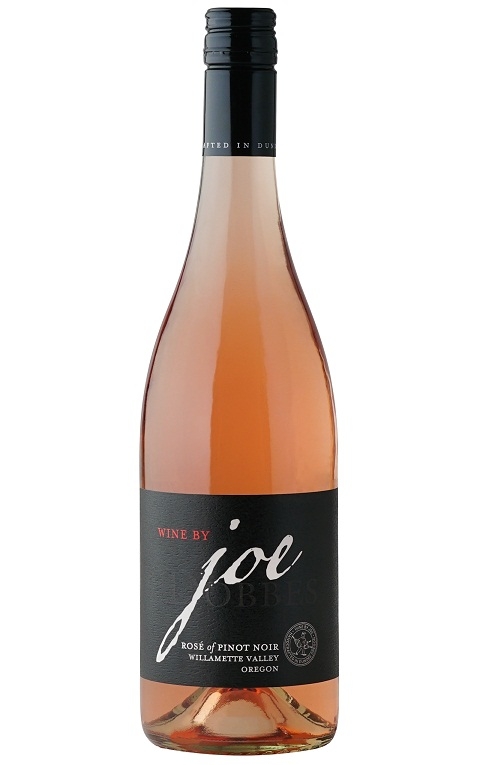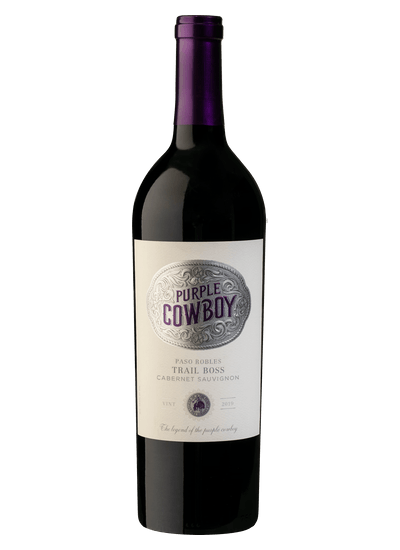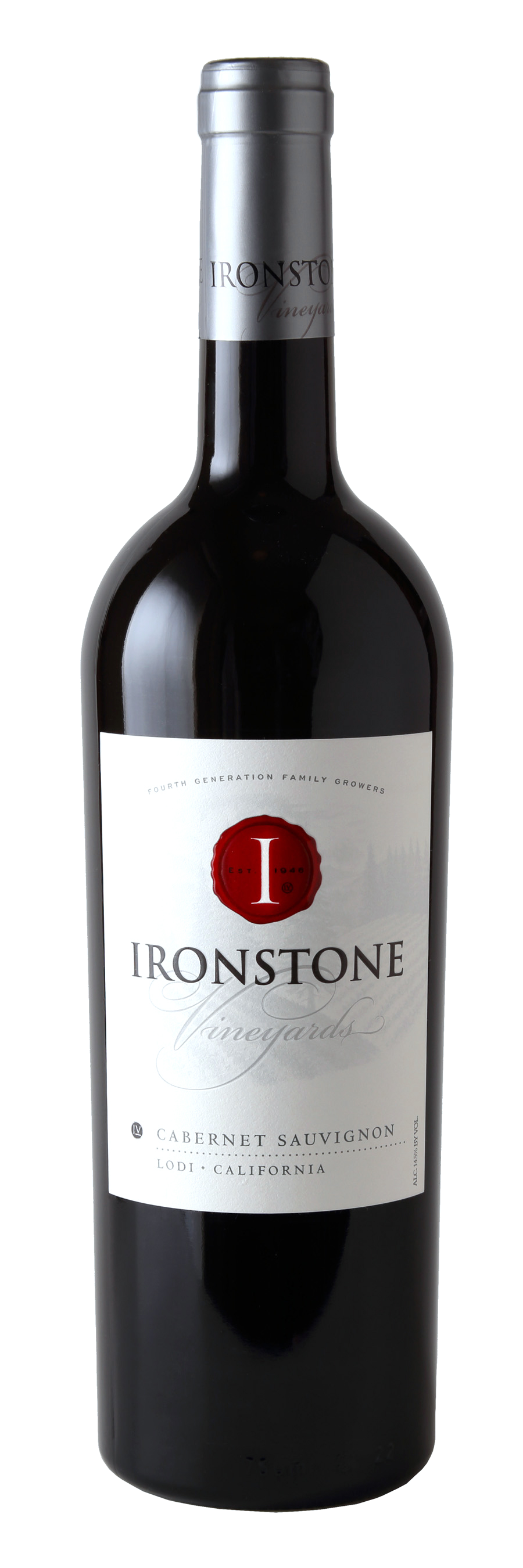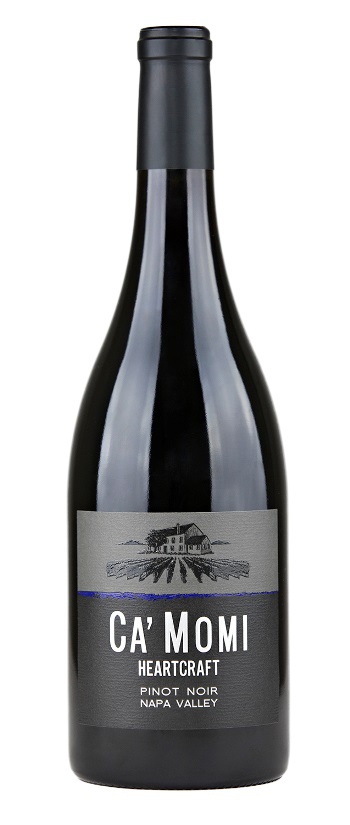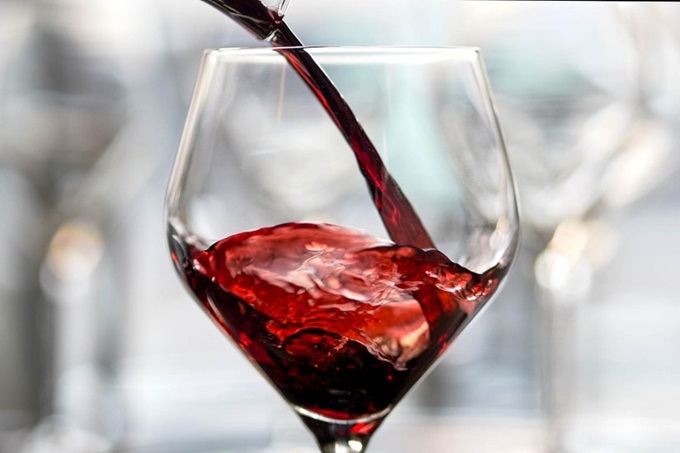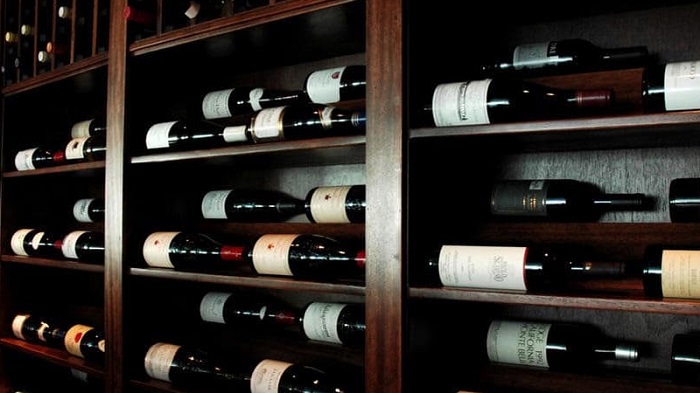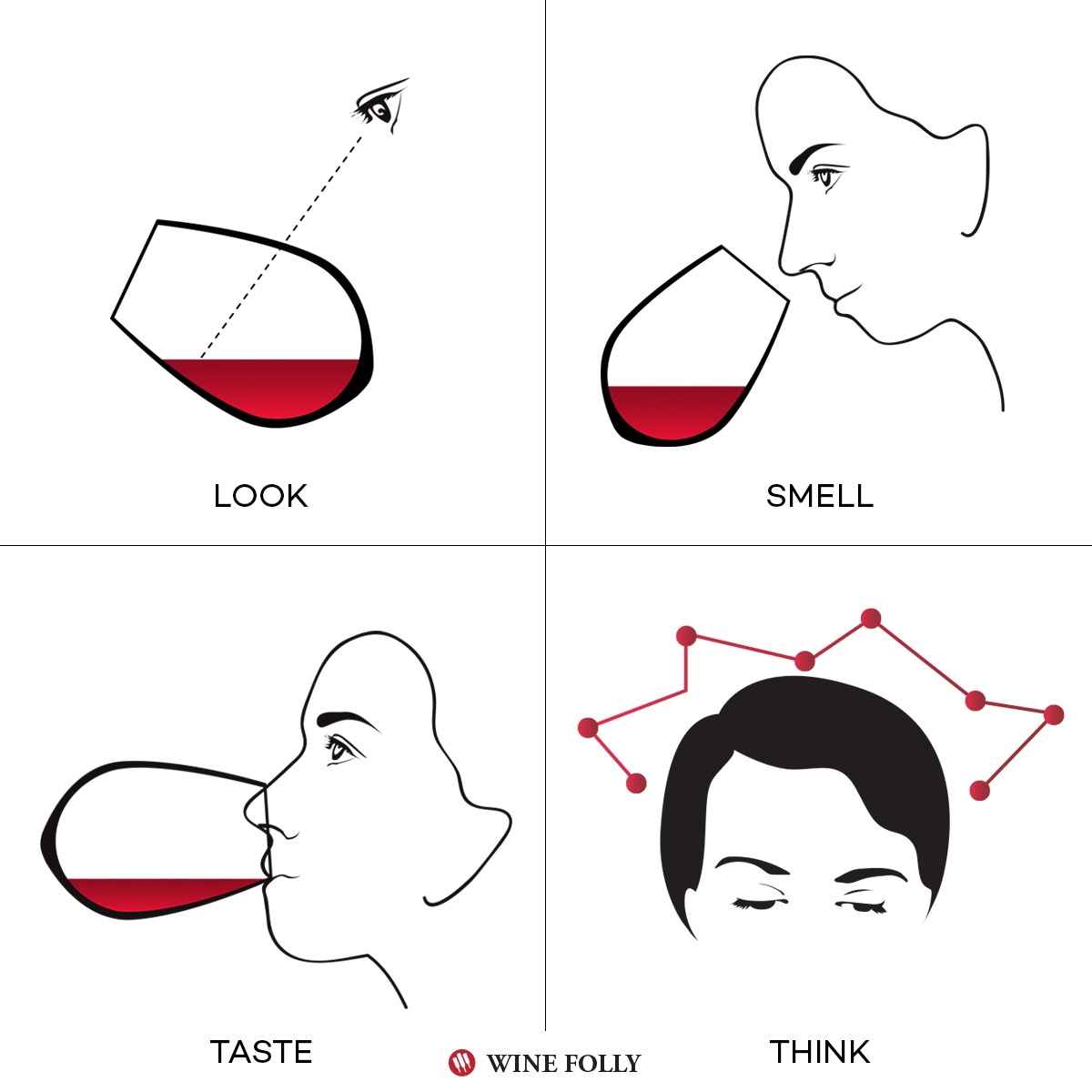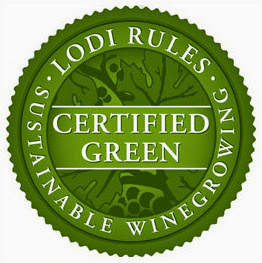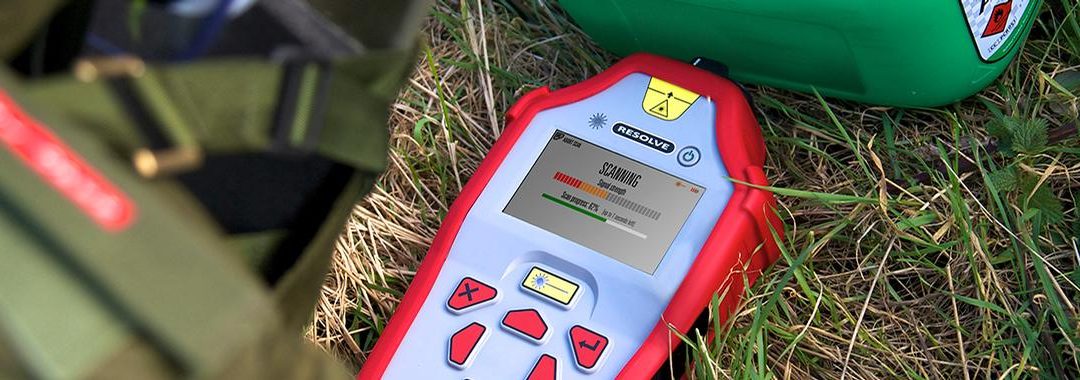I recently was asked about the difference between Cabernet Sauvignon and Cabernet Franc. I knew that Cabernet Franc, along with Sauvignon Blanc, was the parent of Cabernet Sauvignon. I also knew that both grapes play a key role in Red Bordeaux blends. But I wanted to learn more. So I did a little research, and I would like to share with you what I learned.
.jpg)
(3).jpg)
This table highlights some of the key differences between the two grapes. I highly recommend trying the wines side by side to see if you can notice some of the differences in aromas and tastes, color, tannin and more.
|
|
Cabernet Franc |
Cabernet Sauvignon |
|
Color |
Lighter red |
Darker red |
|
Tannin |
Lower tannin |
Higher tannin |
|
Acidity |
Lower acidity |
Higher Acidity |
|
Age worthiness |
Best enjoyed young (under 3 years) |
Can be very age worthy |
|
Skin thickness |
Thinner skin, which contributes to the lighter color, lower tannin and lower age worthiness |
Thicker skin, which contributes to the darker color, heavier tannin and higher age worthiness |
|
Aromas and tastes |
More perfumy and herbaceous, with notes of raspberry, cherry, plum, cassis, violet, tobacco and bell pepper |
Less perfumy and herbaceous, with notes of blackberry, black cherry, cassis, oak, vanilla, smoke, tar, leather, earth, bell pepper, asparagus and green olive (the last three, when the grapes are from cooler climates) |
|
Geography |
Grown in France, Romania, Hungary, the Balkans, Italy, Australia, New Zealand, Argentina and the United States |
Grown throughout the world |
|
How is it used |
Cabernet Franc is more frequently blended with other wines than drunk on its own. On its own, Cabernet Franc often lacks the structure and complexity to produce a great wine. But when you find a good one, it’s a real treat. |
Cabernet Sauvignon is more often drunk on its own. Many of the world’s most celebrated wines have been made from this grape. |
Source http://www.bettyswinemusings.com/
Learn about Wine region of the year 2015
.jpg)

